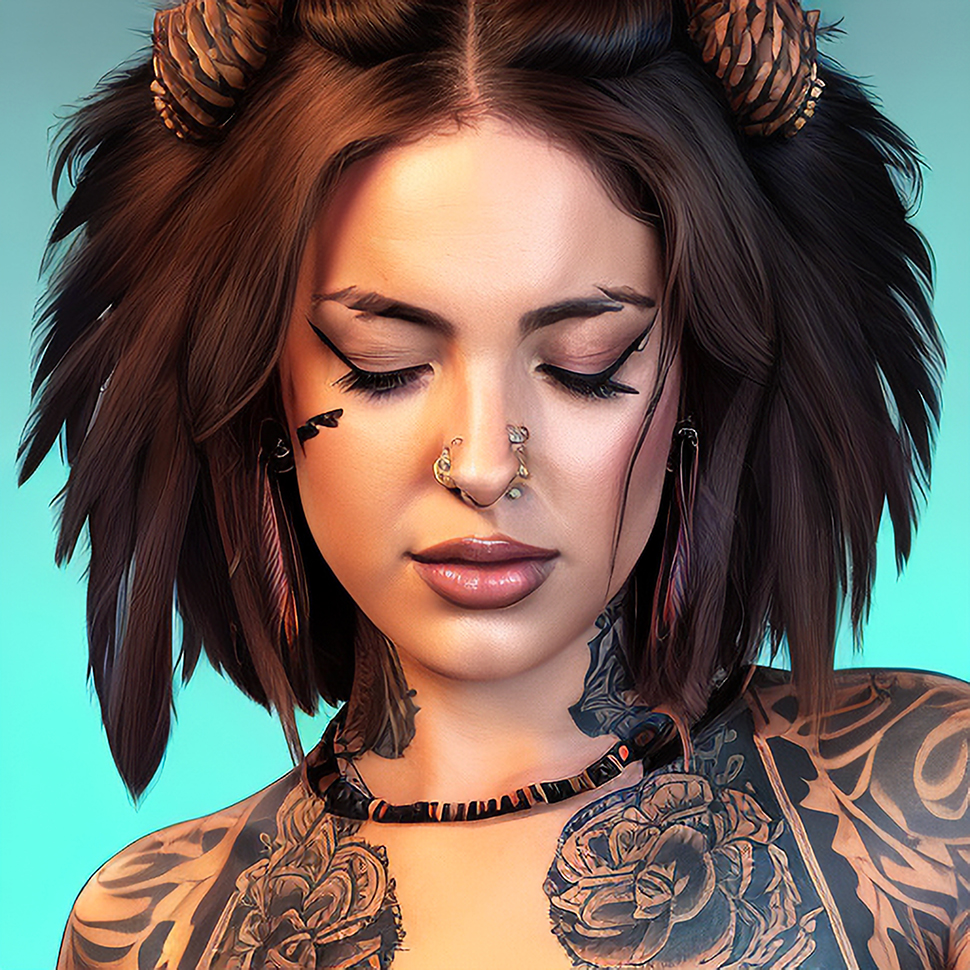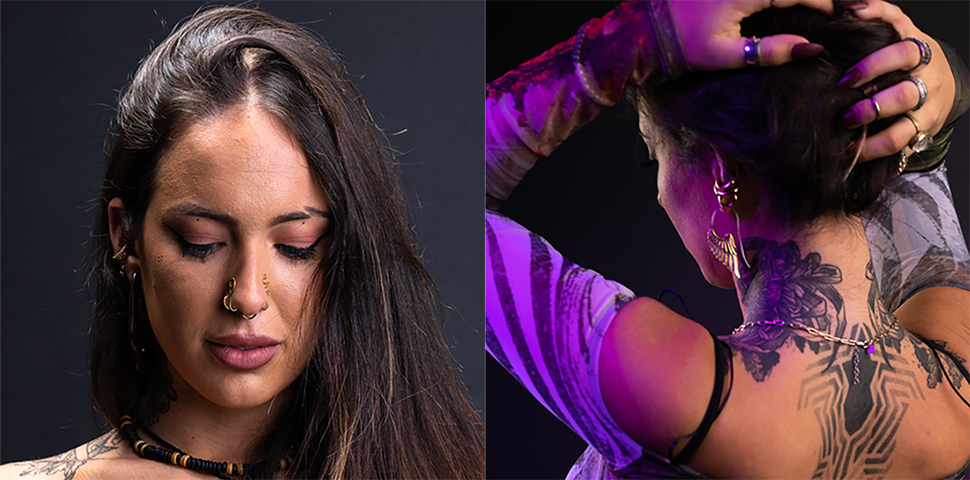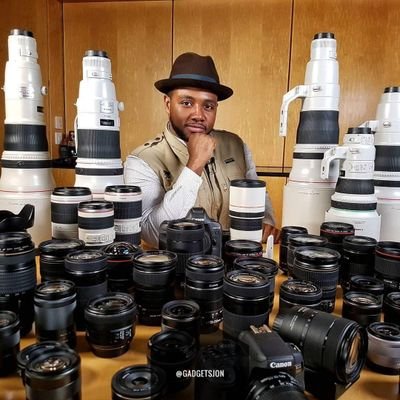
Recently, a client approached me with the idea of doing a photoshoot, but editing the final images in the style of a graphic novel or computer game. Growing up, I loved drawing comic-book images, and spent many years on DeviantArt. But those days are behind me, and I wasn’t sure I’d be able to deliver. That’s when I decided to turn to AI image generation.
AI image generation uses machine-learning algorithms to generate new images based on text prompts and existing images. It has been around for a couple of years, but now it’s sophisticated enough to be a genuinely useful tool for photographers. With AI image generation, you can apply a style that’s completely different from the original image. Looking over the images we’d captured together, I realized I could build an AI model of my client, using the photos as a training data set, then find prompts to hone in on a style that fitted our vision.

There was a slight learning curve to install the tools on my PC, which involved watching a few tutorials on YouTube. However, all of the tools were free and open-source. Best of all, there’s a growing community of people who are happy to share their processes and discoveries, making the barrier to entry fairly low. Once it was set up, I was generating digital art portraits of my client that were far more interesting than I would have been able to produce alone in a fraction of the time.
It takes some trial and error to get the AI to recognize your subject and produce a consistent look, which is part of the fun. I had to work with the AI, learn how to speak to it and describe what I wanted as accurately as I could, as well as experimenting with different seeds, which sample tens of thousands of art styles.
Introducing AI image generation into my photography workflow opens up a whole new world of possibilities. With these tools, you’re not restricted by access to expensive editing software or your own artistic skill level. If you can develop a strong visual vocabulary and learn to work with AI collaboratively, you can produce striking content that’s beyond your imagination. One of the biggest impacts of AI image generation is the time saving. With this technology, you can apply a new style to an image in a matter of seconds or minutes.
Check out the best AI image generators

But there are also some drawbacks. First, your images could end up looking generic and unoriginal. AI image generation samples the styles of other creators, and is still a relatively new technology, so it’s not always easy to get the look you’re going for. If your approach is lazy, your images could look like they were created using a template or rip-off. Also, if you rely too heavily on AI image generation, you might start to lose your own creative vision. This could be especially true if you’re using AI as a crutch to avoid learning new techniques or styles.
Get the Digital Camera World Newsletter
The best camera deals, reviews, product advice, and unmissable photography news, direct to your inbox!
Ultimately, the decision to use AI image generation is one that should be made thoughtfully and with an eye towards how it can best serve your individual artistic vision.
Read more of Jon Devo's Scanning Ahead blogs
Read more:
Jon is a gadget reviewer, content creator and influencer. He spends his time reviewing products, covering technology news, giving talks on content strategy and creating content in partnership with a wide variety of forward-thinking brands. He also contributes to commercial radio, as well as in national print newspapers and magazines.

